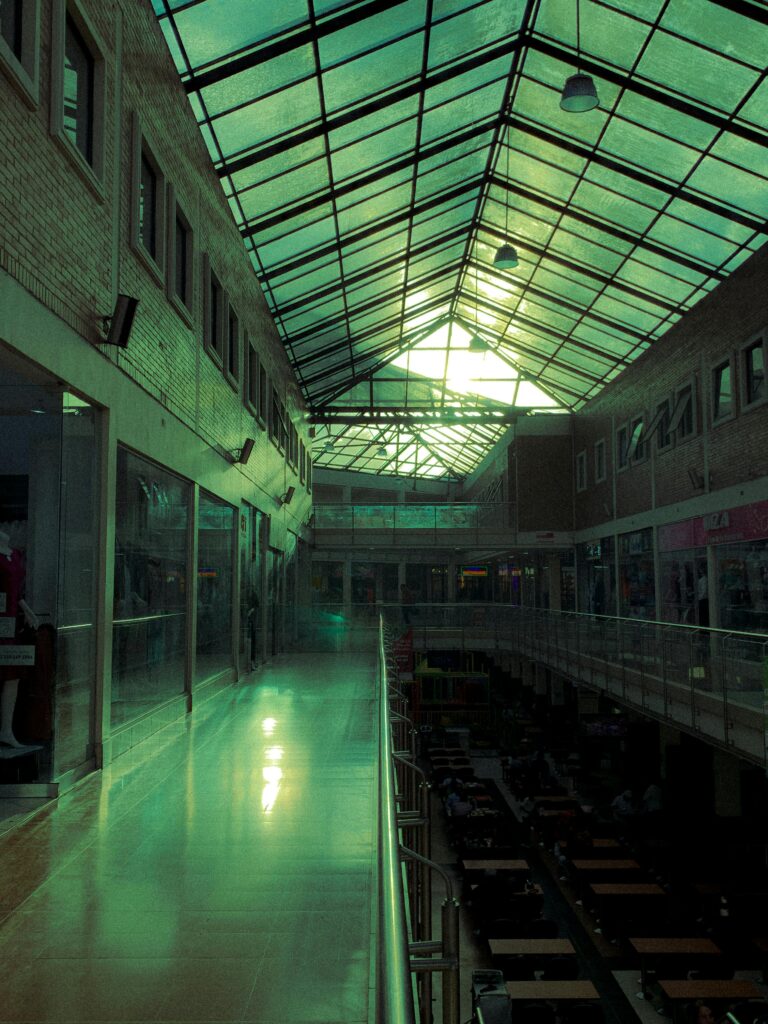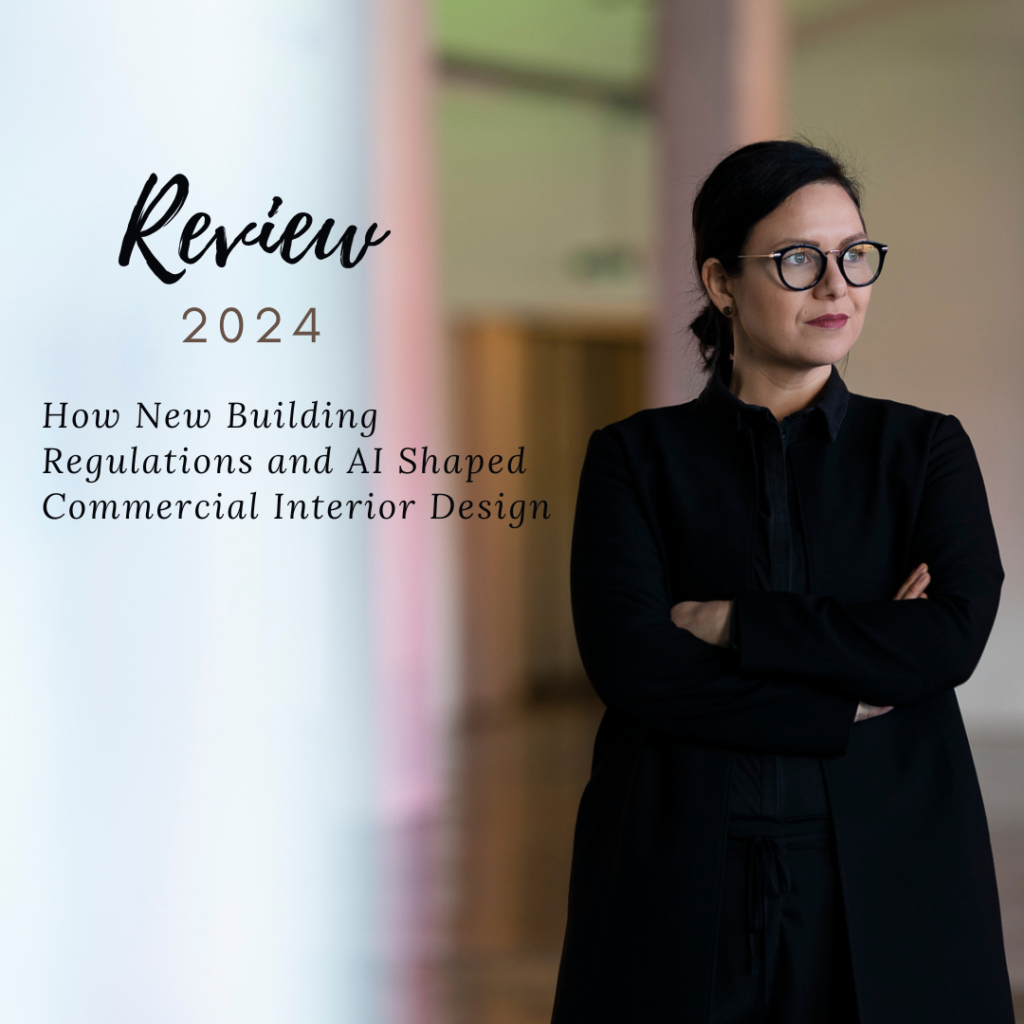In light of the significant increase in vacancy rates for commercial properties, as recently reported in Handelsblatt, we are faced with the challenge of rethinking and utilising vacant spaces. The rising vacancy rate highlights the need to develop innovative concepts to counteract these vacancies and to act economically and sustainably. According to a recent study by Statista in 747 cities in Germany, the vacancy rate in commercially used areas of city centres is expected to rise from 10 percent pre-COVID to an estimated 14 to 15 percent.
Against this background, Wirtschaftswoche also reports that property owners must prepare to retrofit spaces and, especially in small and medium-sized towns, must resort to alternative usage concepts. The change is not only a result of the COVID-19 crisis but also the Ukraine war, demographic changes, and not least the increase in online retailing.
Utilising concepts such as temporary pop-up installations, galleries, workshops, or cultural events can breathe new life into vacant areas. These temporary projects provide space for new ideas, interactive experiences, and fresh dynamics in abandoned urban quarters. The flexibility of these concepts allows for a creative and inspiring redesign of the urban landscape.
However, I am also particularly interested in the development and the resulting opportunities for city centres from a demographic, climatic, and socio-cultural perspective.
What must city centres be able to do in the future to be attractive?
What changes the ecosystem of cities in the future?
And how do we respond to climatic and demographic changes?
Innovative usage concepts
In an increasingly digitalised world, vacant areas offer a unique opportunity for innovative urban development. The integration of digital technologies opens up smart solutions that can contribute to sustainable and future-oriented development. By using digital tools and platforms, vacancies can be utilised more efficiently and transformed in an ecologically sensible way. Smart solutions in vacant areas not only contribute to revitalisation but also promote innovative thinking in urban development.
Examples include:
Digital Vacancy Management
Through digital vacancy cadastres and Geographic Information Systems (GIS), cities can systematically record, analyse, and manage vacancies. This enables efficient management of vacant spaces and the targeted development of reuse concepts.
A German company, the “Leerstandslotsen”, https://www.llasm.de/ have developed a tool that functions as a matching platform, bringing together vacant retail spaces with potential tenants. These technological tools enable urban areas to effectively manage unused spaces.
Using digital platforms, citizens can be involved in the planning of vacancy projects or other urban development projects. This allows for a better consideration of the ideas and needs of the population. A nice collection of some examples can be found here https://crowdinsights.de/beispiele/digitale-buergerbeteiligung/.
Smart City Applications
Vacancies can serve as real-life laboratories for Smart City solutions such as intelligent building technology, e-mobility, or digital services. Smart City applications are the future of city management. Cities like Amsterdam, Barcelona, Rotterdam, Helsinki, and Herrenberg in Germany are already interconnected. These whitepapers on best practice projects illustrate how different cities address specific focus areas in urban management.
Sustainable transformation of vacancies through ecological usage concepts
In particular, sustainable transformation through ecological usage concepts will be increasingly relevant. By implementing sustainable concepts such as regenerative energy systems or green roof gardens, vacancies can become ecological showcase projects.
Examples of ecological usage concepts include:
Urban Agriculture
Vacant shops or buildings can be used for urban agriculture such as vertical farming, greenhouses, or indoor gardens to grow local food. Additionally, aquaponic systems for food production are feasible in vacant spaces.
Repair Cafés and Upcycling Workshops
Vacant spaces can be utilized as repair workshops or upcycling stores to promote the circular economy and resource conservation.
Libraries and Cultural Centers
Transforming into libraries, cultural centers, or community meeting places creates spaces for education, exchange, and community with low resource consumption.
Greening and Open Spaces
Derelict and demolished sites can be used for green spaces, parks, gardens, or greened squares to improve quality of life and urban climate, either temporarily or through permanent depaving.

Creative Concepts to Promote Local Economy and Start-ups in Vacant Areas
Innovative concepts for promoting local economy and supporting start-ups in vacant areas play a crucial role in the sustainable development of cities. Through tailored solutions and creative approaches, vacant buildings can serve as platforms for entrepreneurial innovation. Partnerships between businesses and local stakeholders not only promote economic growth but also create new jobs. Business incubators in vacant properties can temporarily or permanently enhance neighborhoods and generate stable rents.
By specifically fostering entrepreneurial spirit and local economy, vacant areas can become dynamic incubators for forward-thinking business ideas that drive urban development in a sustainable manner.
Conclusion: Vacant Areas as Innovation Hotspots for Forward-Thinking Urban Development
The transformation of vacant areas into innovation hotspots holds tremendous potential for visionary urban development. Through creative usage concepts like urban farming or cultural installations, idle buildings can become vibrant centers of interaction. The integration of digitalization, sustainability, and social inclusion enables tailored solutions for a lively and sustainable urban landscape.
Vacant areas provide space for new ideas, partnerships, and creative projects that support the local economy and start-ups. Education and culture find innovative ways of knowledge transfer and inspiration here. With a holistic approach, vacancies can become lively hotspots of progress and innovation that shape the cities of tomorrow.



